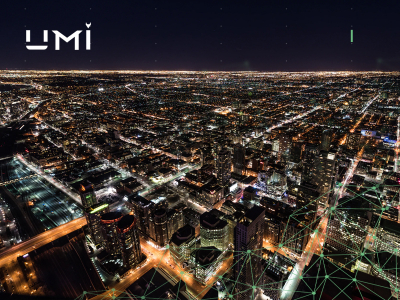In the last adjustment, bitcoin mining difficulty fell 3.1%, dropping to 158.4 billion. It has been constantly on increase since June 2015, growing by 231%.
The adjustment took place on 5 March, after a tough period of slowing transaction speed and rising fees in the bitcoin network. It may be one of the reasons for the reduced difficulty. Bitcoin mining difficulty is adjusted every 2016 blocks, based on the average time it took to mine the previous block, which normally should equal 10 minutes. If the block is mined quicker, the difficulty increases; if it takes more time, it drops. The period between the adjustments is about two weeks.
While before June 2015 it was not uncommon for the bitcoin mining difficulty to go up and down, it has been constantly growing during the last eight months. In February alone, it increased by more than 35%. It was probably caused by the competition between bitcoin mining companies, which Guy Corem, CEO of the mining company Spondoolies-Tech, compared to an arms race.
To get their share of bitcoins, different companies introduce faster and more efficient mining hardware based on ever smaller and more energy efficient ASIC chips. Even though most bitcoin mining nowadays is done not by individuals but by large rigs located in regions with cheap electricity, such as Iceland or China, specialised mining computers for individual use are still produced, for instance, by Bitmain or 21 Inc.
A few days ago, pH Miners, a self-declared New York producer of cryptocurrency mining equipment, published a press release in PRWeb, offering to supply ultrafast bitcoin and litecoin mining devices at $3,000 each. They promised to ship their machines “fully ready” in any part of the world and offered a five-year warranty. However, in a Bitcointalk forum discussion it was pointed out that the company is probably a scam.
Alexey Tereshchenko

















